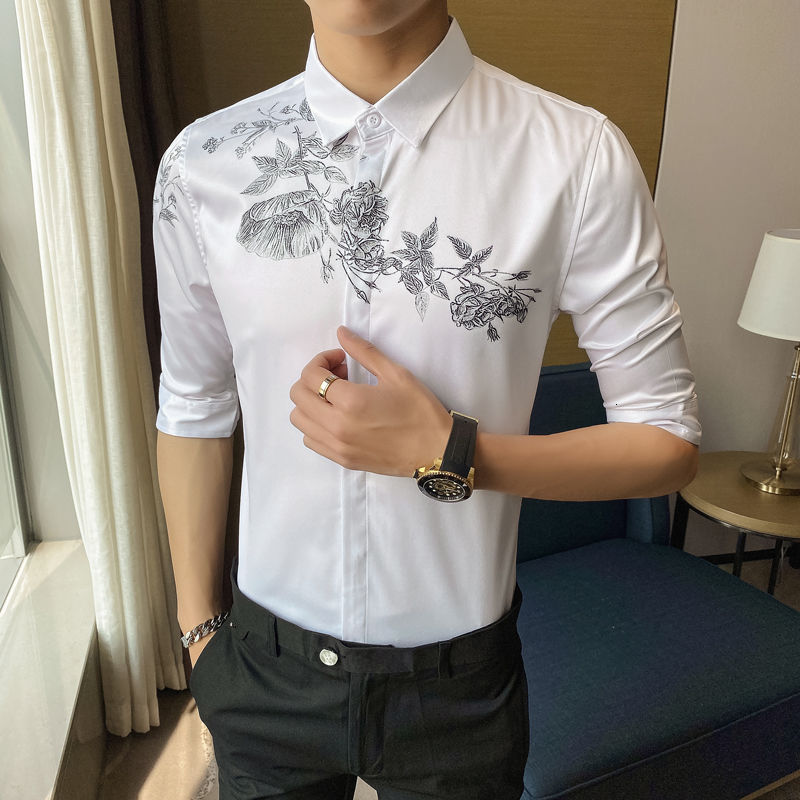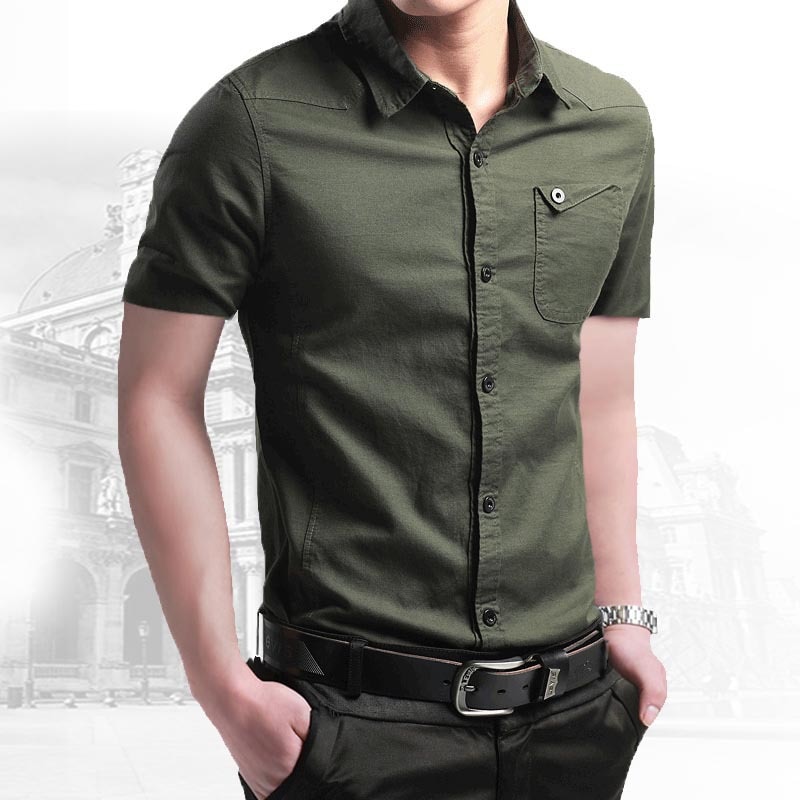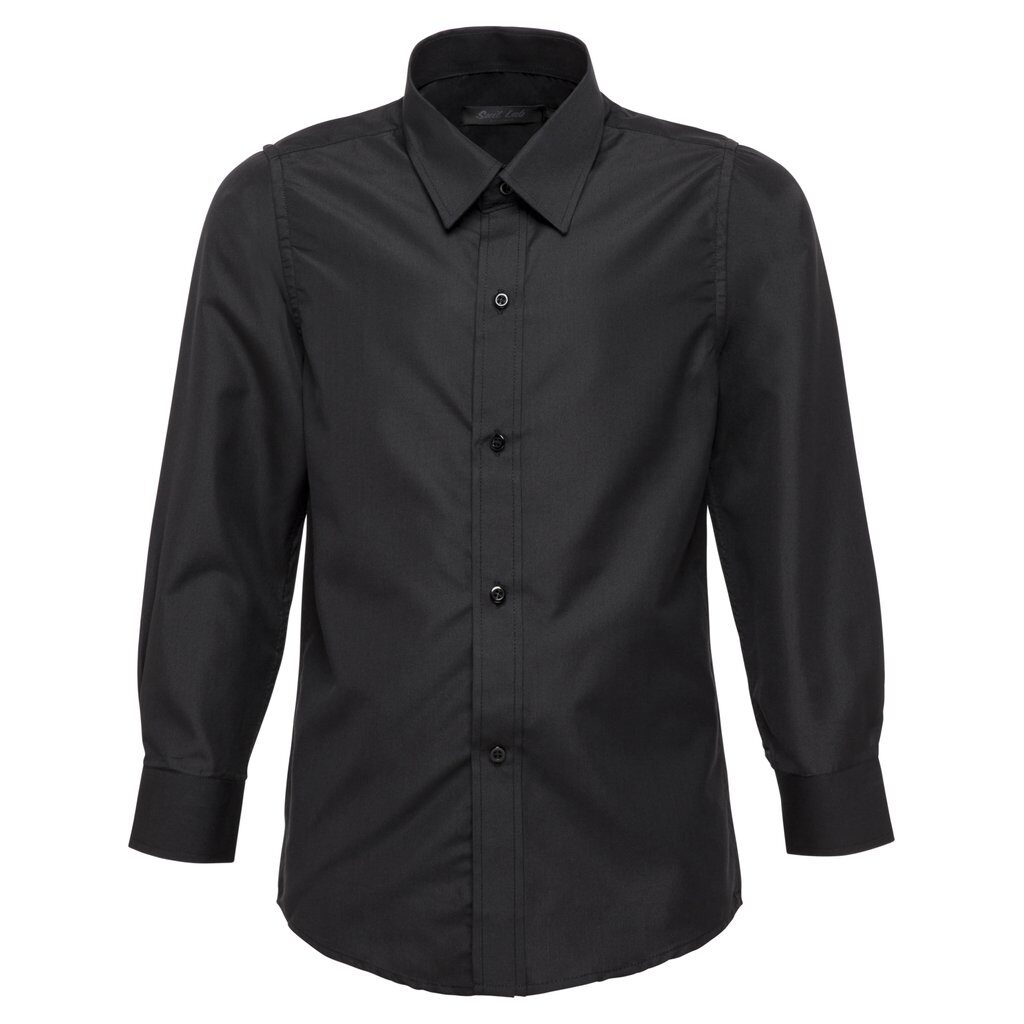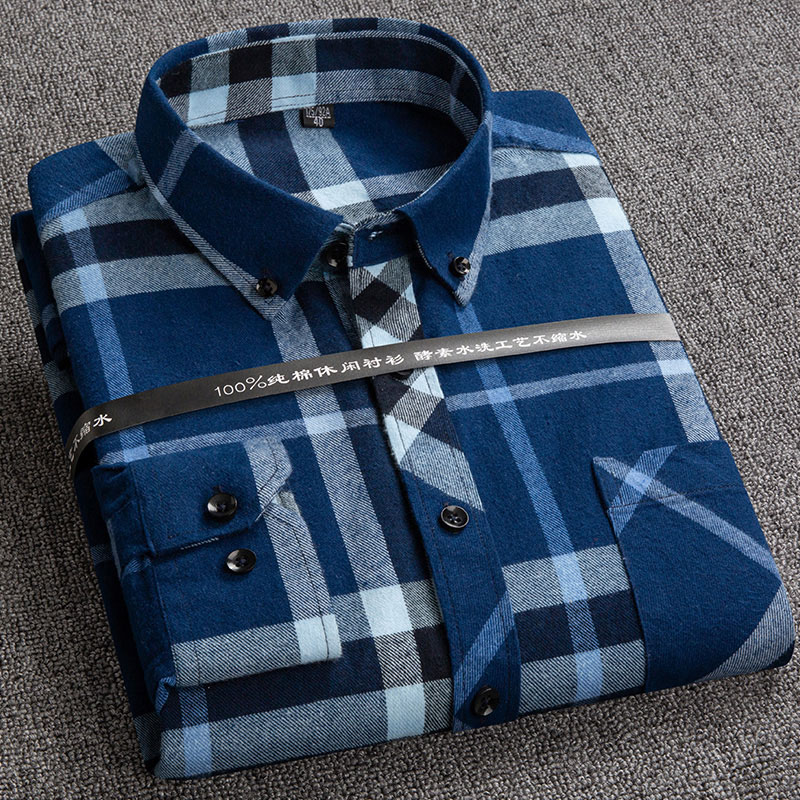The history of the US Army and its early prototypes can be traced back to the First World War. During this time, the army was desperately seeking ways to protect its soldiers from injury. It was apparent that if soldiers were required to wear body armor, they would not be able to fight as effectively. Because of this concern, the army developed what is known today as the Army Shirt. Its development was a joint effort between the army and a company in New Zealand.
The Army Shirt was designed with comfort, mobility and protection in mind. Made from heavy cotton knit fabric, it was designed to be extremely warm and retain warmth for hours on end. It was also designed with pocketing and zipper openings to provide easy access to the wearer’s protective clothing. The shirt was intended to be worn in both wet and dry climates because of its ability to offer exceptional water resistance performance.
Soldiers wore the Army shirts during training exercises and war battles. It was not until the World War II did the US Army begins using the actual combat shirt. Although all soldiers wore the same type of shirts, they were made of different material. One of these differences was in the material used to make the shirts. While the material used to make combat shirts was basically the same, the thickness of the material and the method of finishing varied between the shirts.
One of the most unique characteristics of the early prototypes of the Army Shirt was that the shirts were actually loose fitting. This made the shirt difficult to move in during the cold days of the winter. One reason for this design was so that the sleeve could be fully adjusted to any length desired by the soldier. Another aspect of this design was to allow a larger range of motion that would enable soldiers to be more comfortable in heated environments.
The shirts of the early designs were quite colorful. Although they had buttons on the shirts, most of them were in multi-colored designs. The designs of some early prototypes even included cartoon characters and pictures of popular soldiers. This is one of the reasons why the design of the early prototypes of the Army shirt is the same as it still is today.
Another unique aspect of the early design of the shirt was that there was no collar on the shirt. This was a design that was adopted by the German army in the early years of World War II. Although it forced modern soldiers to put on their helmets, this simple change in the shirt design caused a lot of discomfort for the soldiers that wore them.
The standard army shirt design would have a placket attached to the top of the shirt. The color of this placket depended on the rank of the person wearing the shirt. However, the design of the placket would change as the shirt changed in style. For example, the rank of the wearer would change from white to an olive green as the rank changed. It is believed that this was a way for the officers to differentiate between different soldiers that were part of the same unit.
Although the design of the early shirts was very limited, it did become very popular with the inclusion of certain features such as snap collars. This made it easier to take care of the collars and to clean them when they were dirty. The snap collars also made it easy to replace buttons. Some of these shirts also contained small buttons at the bottom of the shirt that allowed men to wear their socks. While the shirt remained popular throughout World War I and World War II, it was not in demand during World War III due to the lack of soldiers fighting in that war. However, with the Korean War on the horizon, the army saw an opportunity to popularize their shirts once again and the army shirt was born.












